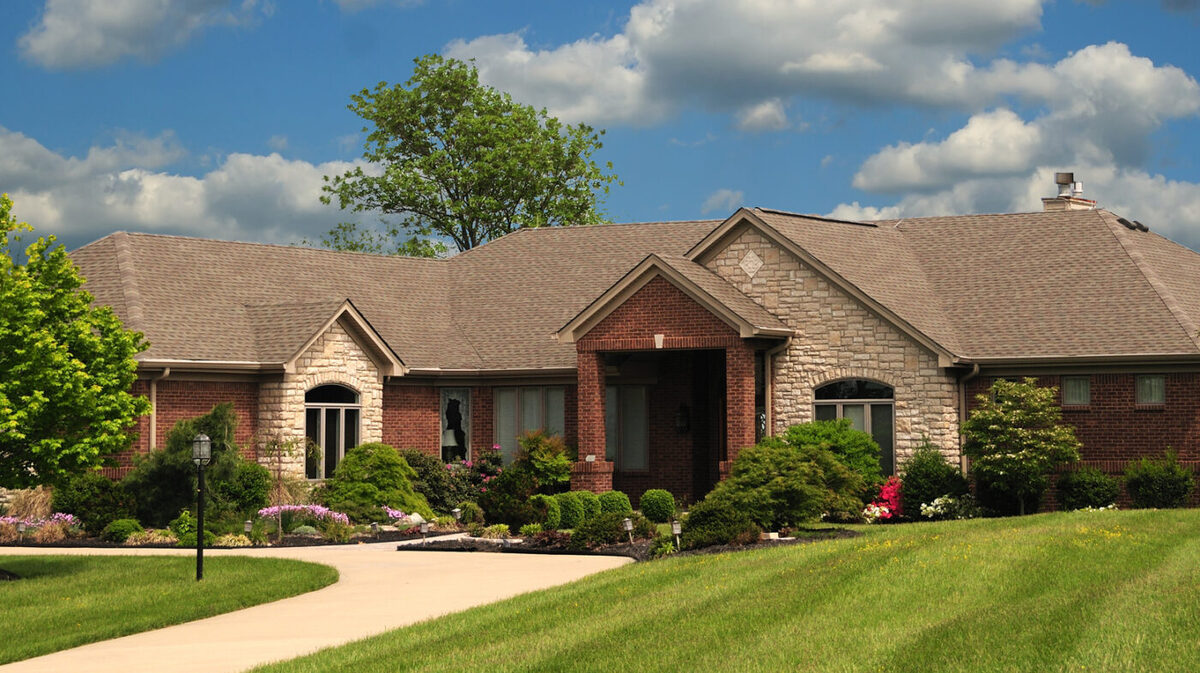Out-Of-Town movers look for more affordable areas with larger homes
It’s a classic suburban conundrum: If you want more space without having to pay through the nose, you probably have to look further out from the city.
But movers took this principle to new extremes in the first year of the pandemic, according to a new analysis of housing and moving data by Zillow.
The real estate tech company found that people who relocated last year were increasingly leaving more expensive areas for cheaper ones with larger homes — with an increasing share of moves falling in the suburban-to-rural category.
“The ability to sell in a relatively expensive market and relocate somewhere more affordable — either to save money or get more bang for their buck with a larger property — was extremely attractive to movers,” Zillow Senior Economist Jeff Tucker said in a statement on Tuesday.
Zillow’s analysis was based on housing data and information provided by trucking company North American Van Lines.
On average, ZIP codes that long-distance movers traveled to in 2020 had a home value of $392,000. That’s $27,000 lower than the home values in ZIP codes they left behind, Zillow found — a drop nearly eight times greater than what was seen the previous year.
Sold homes in these movers’ new ZIP codes were also 33 square feet larger than those in areas they moved from in 2020. While it’s not unusual for long-distance movers to leave areas with smaller houses for those with larger ones, Zillow said the gap in square footage was noticeably lower in each of the previous four years.
North American Van Lines started to really see the effects of these market factors in the second half of 2020, the trucking company’s Vice President and General Manager Kevin Murphy said in the Zillow release.
“These migration patterns are challenging the moving industry to provide capacity in the right places,” Murphy said in the statement. “As you would expect, we end up with a lot of trucks in the low-cost areas where people are moving to, and fewer trucks in the high-cost areas where demand is high.”
Fewer people moved into dense urban areas in 2020, but Zillow said that cities saw normal levels of outgoing migration. In other words, fears of “an urban exodus” from the early stages of the pandemic may have been overblown, the company said.
The suburbs also weren’t the only destination for long-distance moves.
A greater share of movers than usual left the suburbs for more rural neighborhoods, one of the biggest shifts Zillow observed in moves between classes of area. A smaller share of movers than normal were suburban residents leaving for cities.
But movers took this principle to new extremes in the first year of the pandemic, according to a new analysis of housing and moving data by Zillow.
The real estate tech company found that people who relocated last year were increasingly leaving more expensive areas for cheaper ones with larger homes — with an increasing share of moves falling in the suburban-to-rural category.
“The ability to sell in a relatively expensive market and relocate somewhere more affordable — either to save money or get more bang for their buck with a larger property — was extremely attractive to movers,” Zillow Senior Economist Jeff Tucker said in a statement on Tuesday.
Zillow’s analysis was based on housing data and information provided by trucking company North American Van Lines.
On average, ZIP codes that long-distance movers traveled to in 2020 had a home value of $392,000. That’s $27,000 lower than the home values in ZIP codes they left behind, Zillow found — a drop nearly eight times greater than what was seen the previous year.
Sold homes in these movers’ new ZIP codes were also 33 square feet larger than those in areas they moved from in 2020. While it’s not unusual for long-distance movers to leave areas with smaller houses for those with larger ones, Zillow said the gap in square footage was noticeably lower in each of the previous four years.
North American Van Lines started to really see the effects of these market factors in the second half of 2020, the trucking company’s Vice President and General Manager Kevin Murphy said in the Zillow release.
“These migration patterns are challenging the moving industry to provide capacity in the right places,” Murphy said in the statement. “As you would expect, we end up with a lot of trucks in the low-cost areas where people are moving to, and fewer trucks in the high-cost areas where demand is high.”
Fewer people moved into dense urban areas in 2020, but Zillow said that cities saw normal levels of outgoing migration. In other words, fears of “an urban exodus” from the early stages of the pandemic may have been overblown, the company said.
The suburbs also weren’t the only destination for long-distance moves.
A greater share of movers than usual left the suburbs for more rural neighborhoods, one of the biggest shifts Zillow observed in moves between classes of area. A smaller share of movers than normal were suburban residents leaving for cities.


 Menu
Menu




